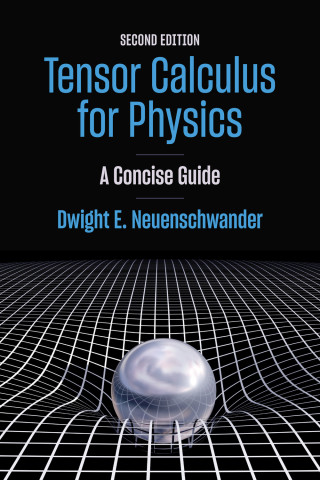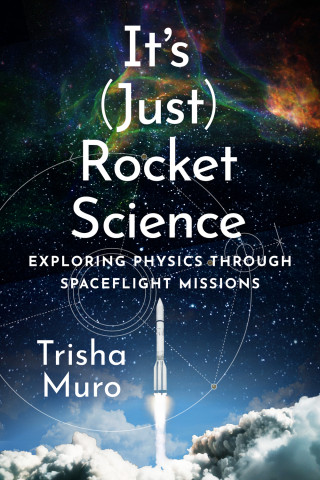
Reviews
There are no dull pages in this book. It is inspirational. Not only will it enthuse those embarking on a career in observational astrophysics, it will also encourage other astronomers toward the twilight of their astronomical endeavours to start typing their life histories into the word processor.
Woven throughout the narrative is a formulation of the core values that the author believes are central to any major scientific endeavor... both scientists and managers can learn by understanding the methodology that Giacconi applied with such resounding success.
Read this book; it tells of a career that spanned, and made, enormous changes in how we do science.
In-depth, engrossing account sure to fascinate lay readers and experts alike.
Giacconi offers his text not as an autobiography but as a history of contemporary astronomy illustrated by his own experiences... Giacconi's account is an important one.
Book Details
Preface
1. My Italian Roots
2. New World: The Fulbright Fellowship
3. Introducing X-Ray Astronomy
4. The First Celestial X-Ray Source: Discovering Sco X-1
5. Plans and Progress in X-Ray Astronomy
6. The
Preface
1. My Italian Roots
2. New World: The Fulbright Fellowship
3. Introducing X-Ray Astronomy
4. The First Celestial X-Ray Source: Discovering Sco X-1
5. Plans and Progress in X-Ray Astronomy
6. The First Orbiting X-Ray Observatory: Uhuru
7. Breakthrough: The Uhuru Results
8. Constructing X-Ray Telescopes: Overcoming Technical and Institutional Hurdles
9. Plans for Space and Realities on the Ground: LOXT, Einstein, and NASA
10. The Einstein Results: Observation Collides with Theory
11. Transition: From American Science and Engineering to Harvard
12. The Hubble Space Telescope and the Space Telescope Science Institute
13. Paradigm Shift: The Space Telescope Science Institute at Work
14. The Space Telescope Science Institute: Launch Readiness and Its Finest Hour
15. Science at the Space Telescope Science Institute
16. The European Southern Observatory
14. Building the Very Large Telescope
18. The Role of ESO in Major European Astronomy Programs
19. Radio Astronomy on the Radar
20. First Loves and Last Words
Acronyms and Abbreviations
Notes
Name Index
Subject Index





